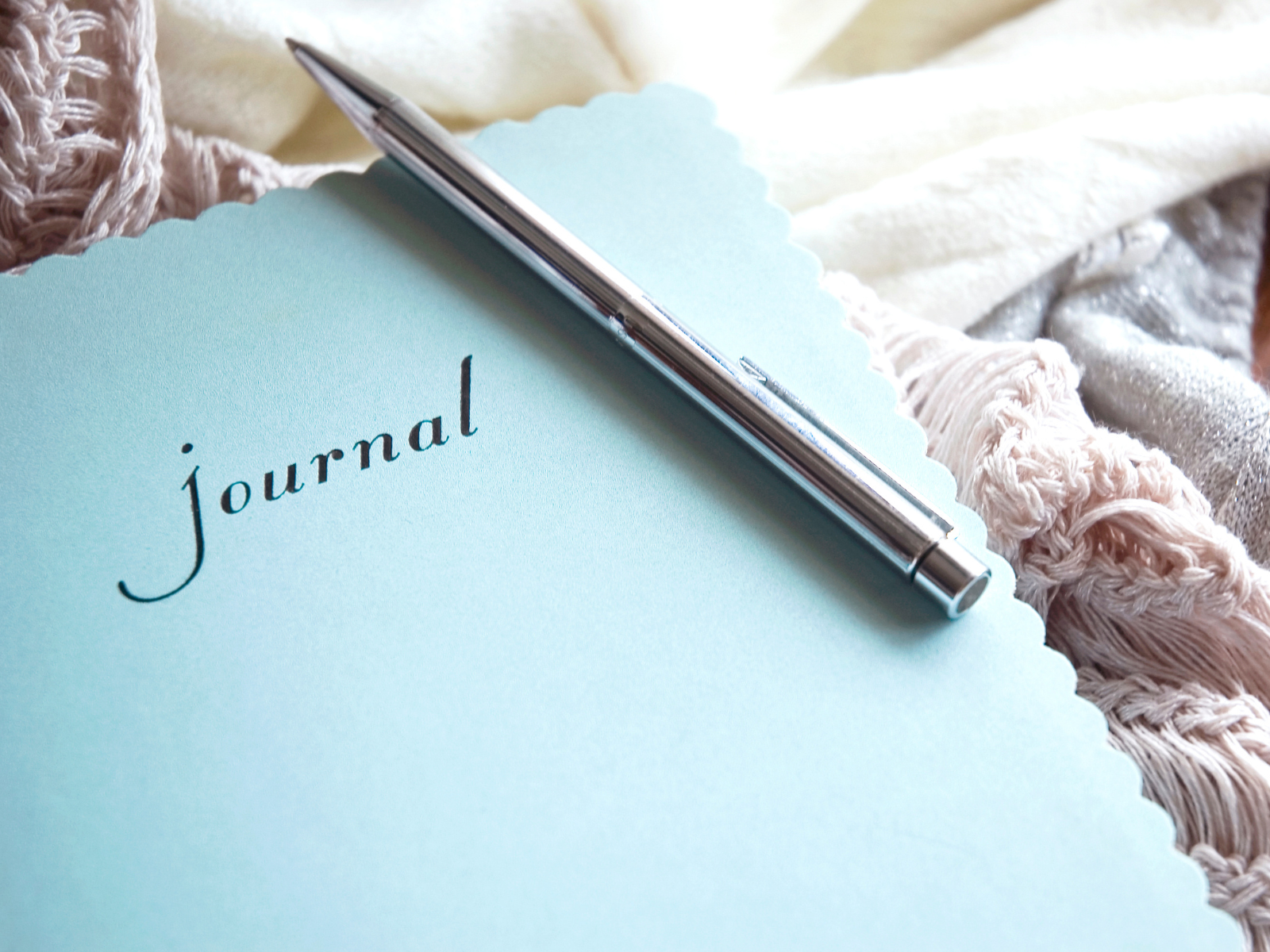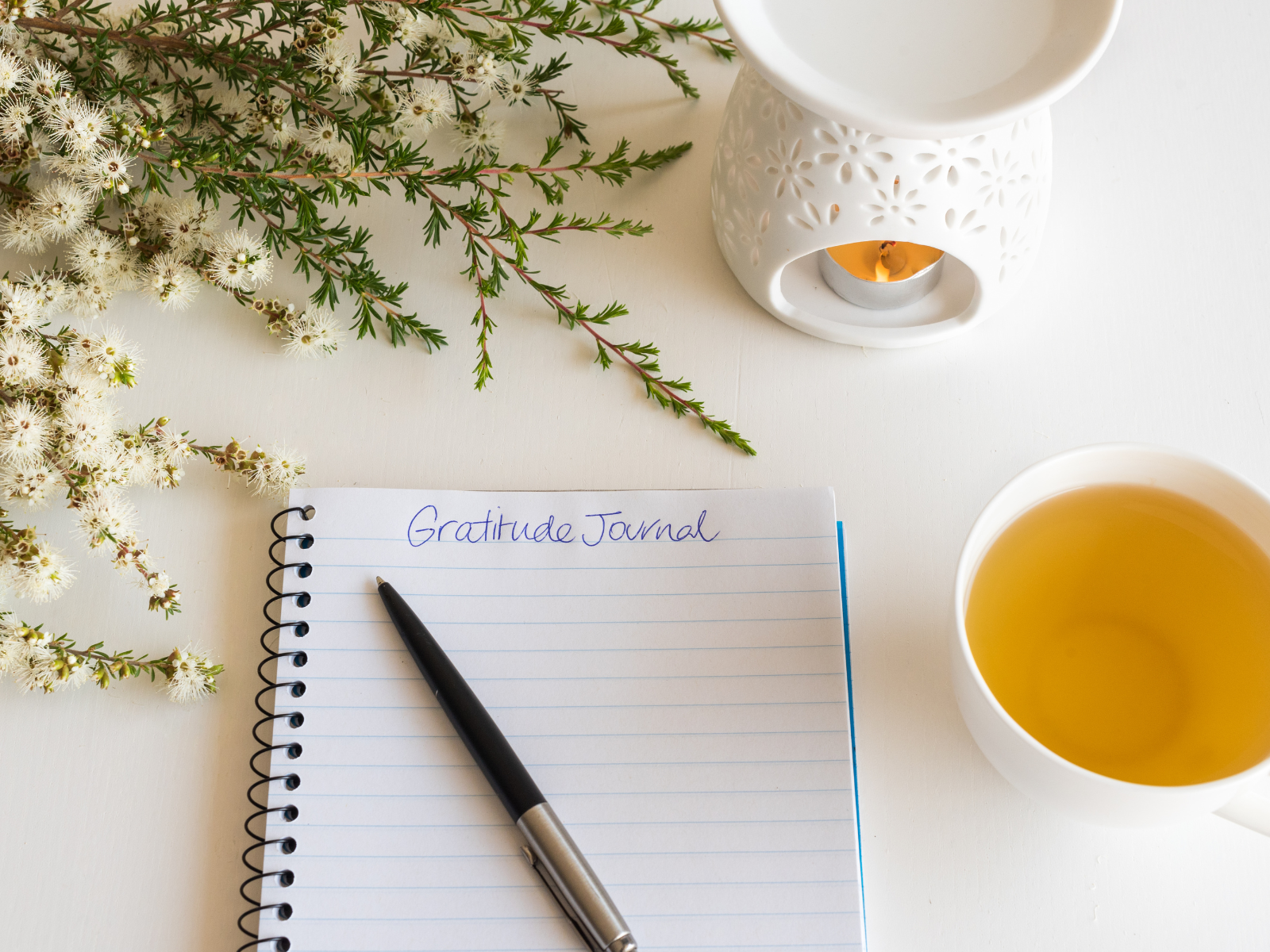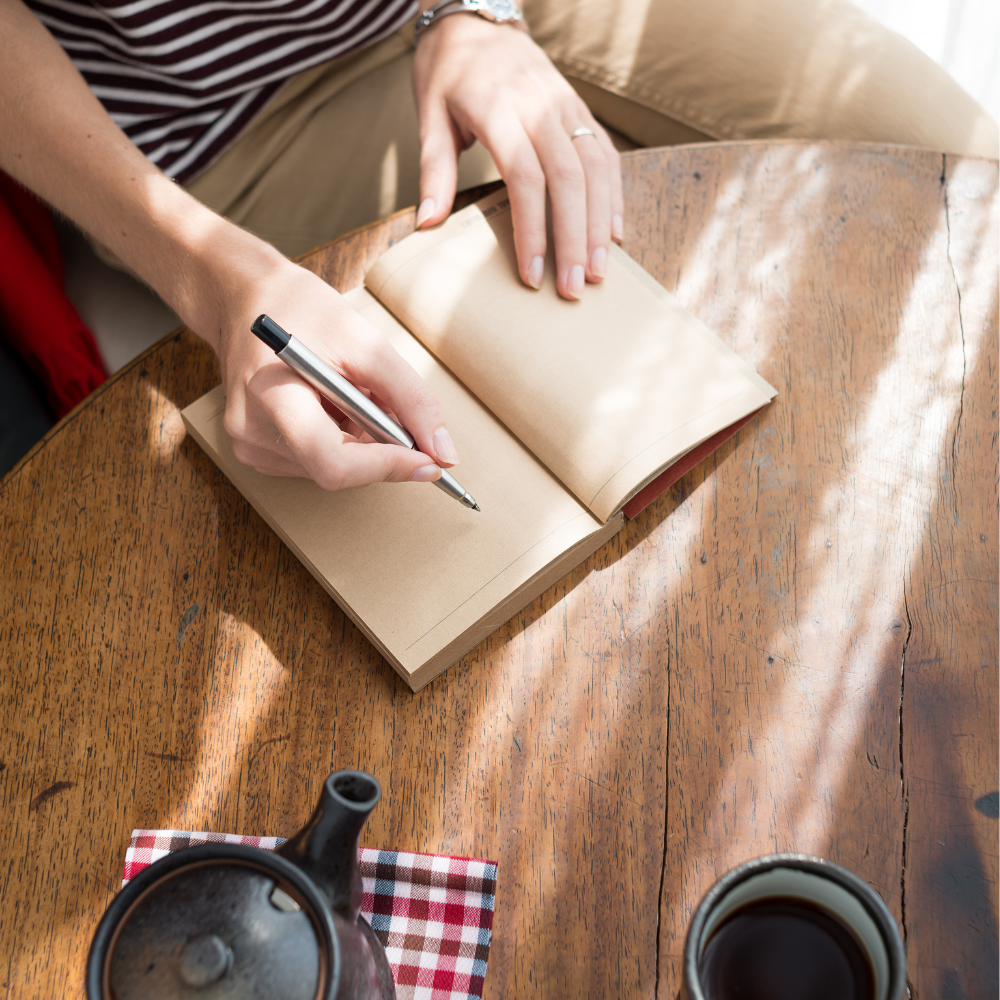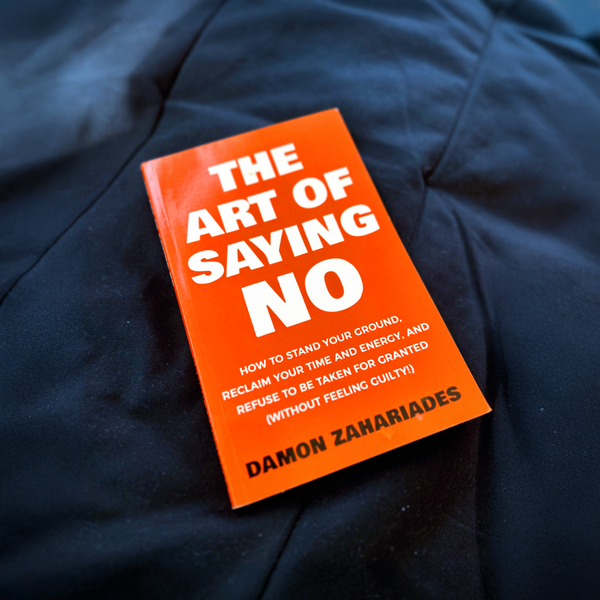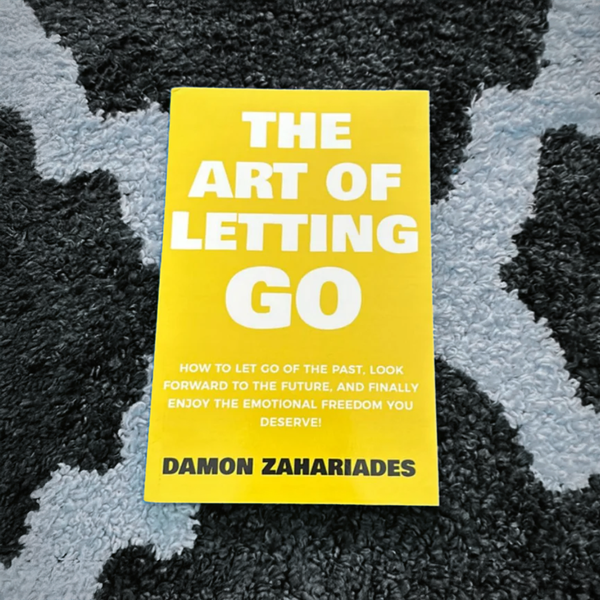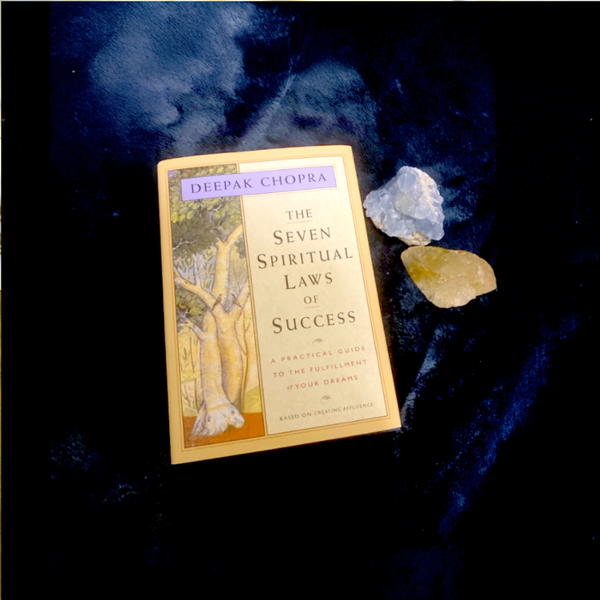Ever wondered what sets creative writing apart from journaling?
While both practices involve the art of writing, they serve very different purposes and embrace unique styles.
Creative writing is like painting a vivid landscape for others to explore, crafted to entertain or inform an audience with its structured plots and narrative arcs.
On the other hand, journaling is a personal odyssey, a private space where thoughts and experiences flow freely without the constraints of formality.
Whether you're a budding writer or a journaling enthusiast, understanding these differences can enhance your approach to each and enrich your writing journey.
Let's delve into the distinct worlds of creative writing and journaling to discover how each can uniquely amplify your expression and creativity.
Key Takeaways:
- Distinct Purposes: Creative writing aims to entertain or inform an audience, while journaling is a personal exploration and record of one's thoughts and experiences.
- Style and Structure: Creative writing often involves structured plots, characters, and a narrative arc, contrasting with the more free-form, introspective nature of journaling.
- Audience Consideration: Creative writing is generally crafted for public consumption, whereas journaling is typically a private activity meant for the writer's eyes only.
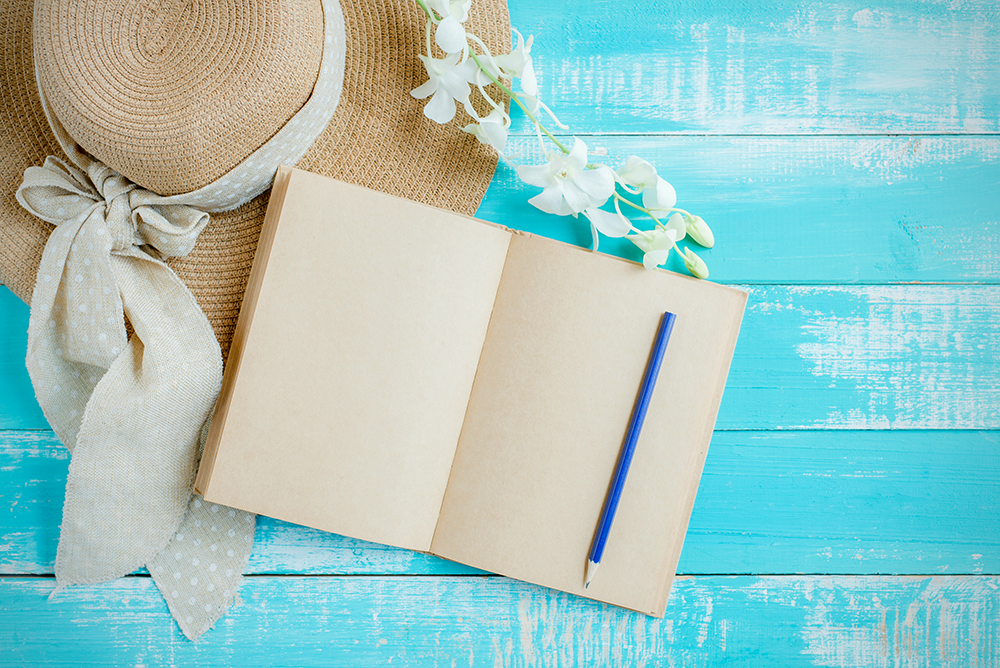
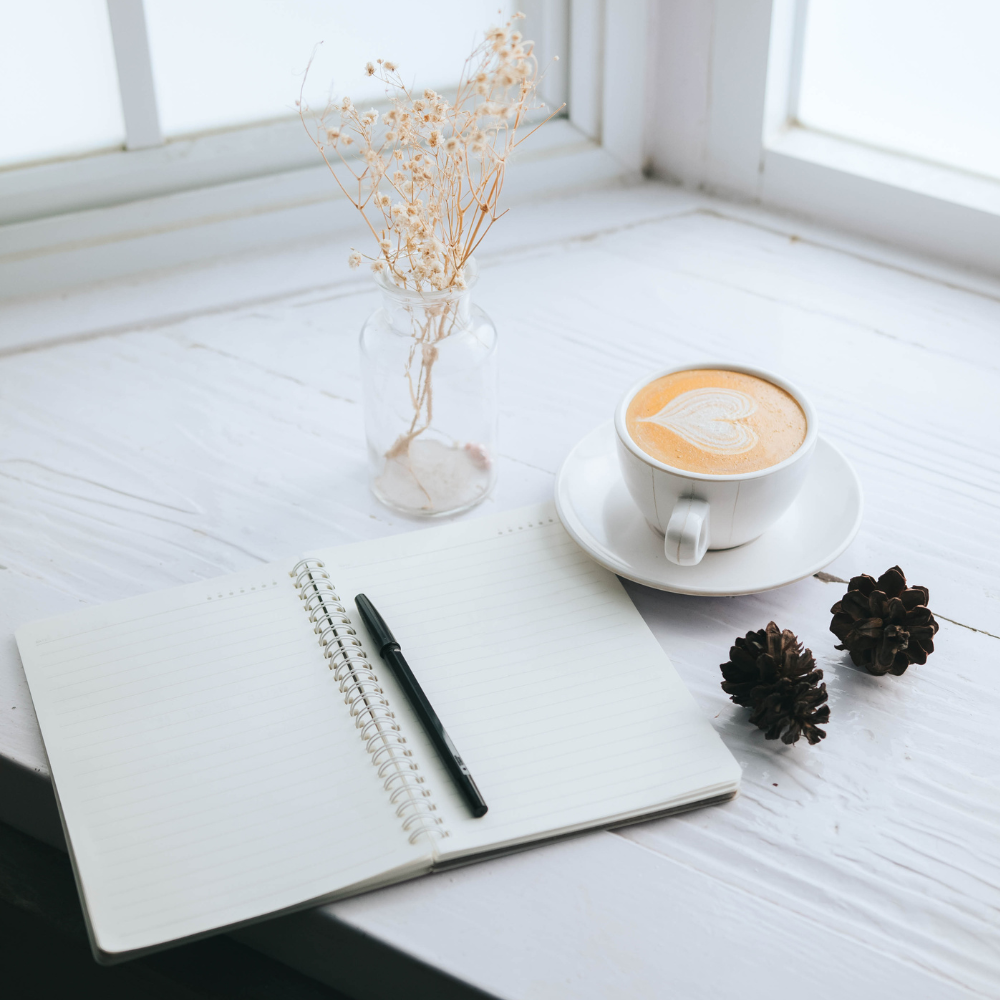

Defining Creative Writing and Journaling
Creative writing and journaling are both valuable writing practices but serve different purposes and engage different skills.
Creative writing encompasses a variety of genres including fiction, poetry, and non-fiction, each requiring a unique approach to storytelling and character development.
Writers create engaging narratives that can transport readers to new worlds, confront them with intriguing ideas, or evoke deep emotions.
Journaling, on the other hand, is a personal activity where individuals record their thoughts, feelings, and experiences.
This practice helps in self-reflection and personal growth, offering a therapeutic outlet for expressing private thoughts and emotions.
Unlike creative writing, the primary audience of a journal is the writer themselves.
The Goals of Writing
The objectives of creative writing and journaling are as distinct as their practices.
Creative writing aims to produce a crafted piece of literature that is intended for an audience’s enjoyment or enlightenment.
Writers may also use creative writing as a form of self-expression, but the end goal often includes publication or performance.
In contrast, journaling is inherently introspective and serves as a tool for self-discovery and memory preservation.
It can be a methodical way to handle life's challenges, make decisions, or track personal development over time.
Journaling doesn't aim for the polish or narrative structure that creative writing does; instead, it prioritizes honesty and personal relevance.
Audience and Privacy
Creative writing is generally meant for an audience.
This external focus requires the writer to consider how the content, style, and delivery will be received by others.
Writers must often consider market trends, audience preferences, and literary standards, which can influence content and style choices.
Journaling is a private affair.
While some people choose to share their journal entries or adapt them into more public forms of writing, the process itself is personal.
Privacy in journaling allows for unfiltered expression and can lead to profound personal insights and revelations, free from the constraints of audience expectations.
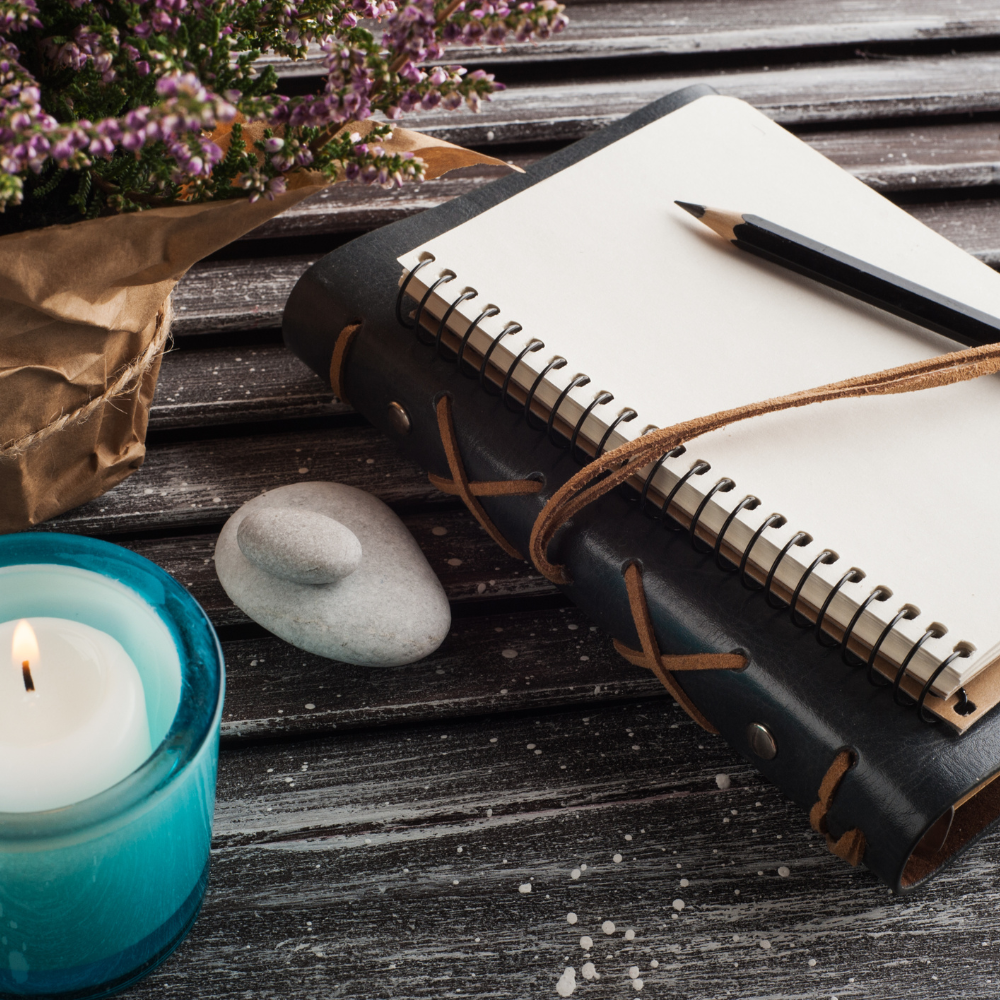

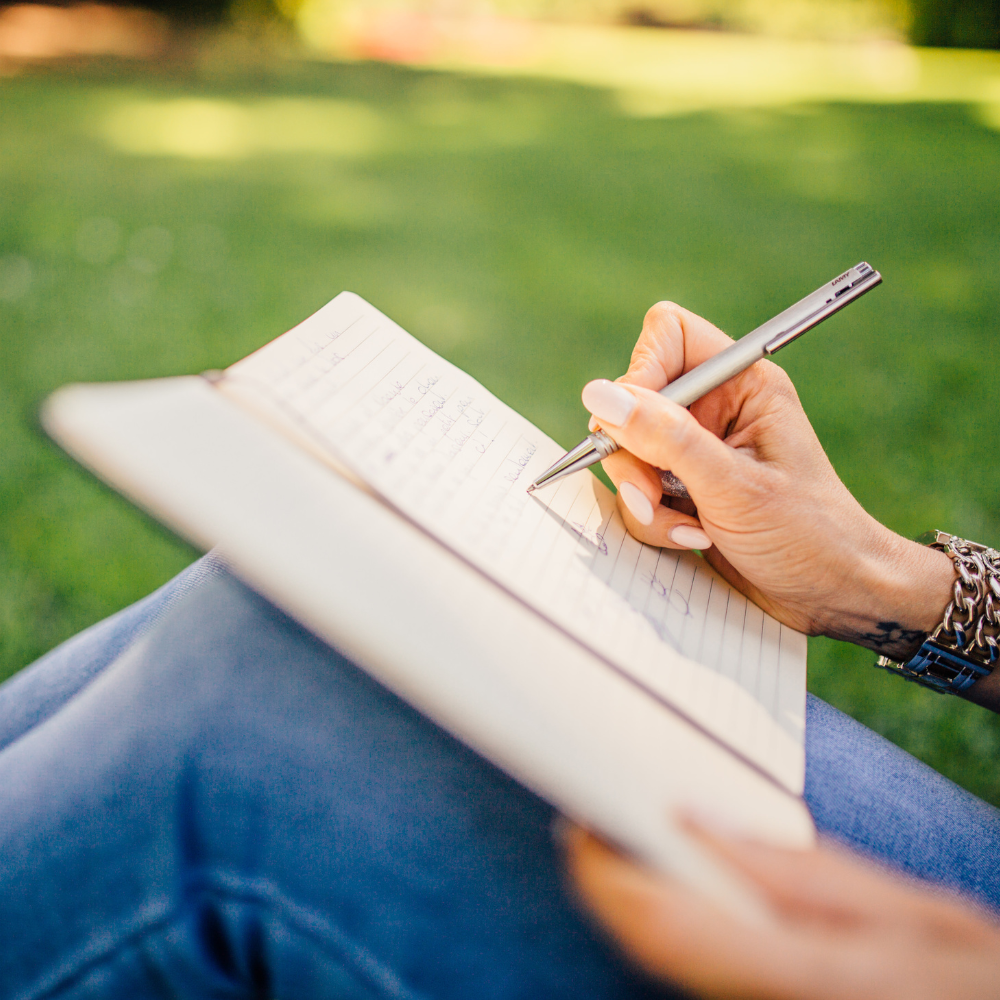
The Psychological Benefits of Writing
Writing, whether scribbling in a private journal or crafting a short story, offers profound psychological benefits that can enhance one's mental health.
Engaging in journal writing allows individuals to articulate innermost thoughts and feelings, serving as a form of self-expression and self-discovery.
This process can lead to greater self-awareness and can be particularly therapeutic for those dealing with emotional distress or seeking deeper understanding of their own life experiences.
On the other hand, creative writing, such as fiction writing or composing song lyrics, provides a creative outlet to experiment with new ideas and explore fictional worlds.
This form of writing not only fosters creativity but also helps in managing stress by diverting the mind from daily pressures to the act of creation.
Both forms of writing encourage writers to maintain a flow of words on paper, which can be incredibly cathartic and empowering, offering a sense of accomplishment and hope.
Influence of Historical Events on Writing
Creative writing often serves as a canvas for writers to explore and reinterpret historical events, weaving them into narratives that resonate with contemporary relevance.
By embedding real-world events into their stories, writers not only educate their audience but also provoke thought and encourage deeper engagement with history.
For instance, a novel set during the World War II era might explore the emotional and psychological impacts of the war on its characters, providing readers with a more intimate understanding of that tumultuous period.
Moreover, historical events can act as a catalyst for a writing project, offering a rich vein of story ideas and conflicts to explore.
This approach not only enriches the narrative but also deepens the reader's connection to the story by grounding fictional characters in real-world events.
Such integration of history into creative writing not only enhances the authenticity of the narrative but also serves as a bridge connecting past and present, inviting readers to reflect on the lessons history can teach us about human nature and societal development.
Role of Historical Context in Shaping Writing
Historical events often serve as a fertile ground for creative writing, providing writers with a rich tapestry of facts, emotions, and settings that can be woven into compelling narratives.
For instance, a writer might delve into the tumultuous periods of the World Wars to craft stories that explore the human condition under extreme circumstances.
This not only enriches the narrative but also offers readers a lens through which to view the impacts of these events beyond the textbook descriptions, making history accessible and engaging through personal and imagined experiences.
Moreover, integrating historical events into creative writing does more than just set a backdrop; it invites writers to engage in a deep exploration of the causes and effects of these events.
This process often demands a high level of research and empathy, pushing writers to step into the shoes of historical figures or the common folk of the era, thus fostering a profound connection between the past and present.
This connection not only enhances the writer's understanding but also empowers readers to draw parallels between the historical narratives and contemporary issues, promoting a continuous cycle of learning and self-reflection.

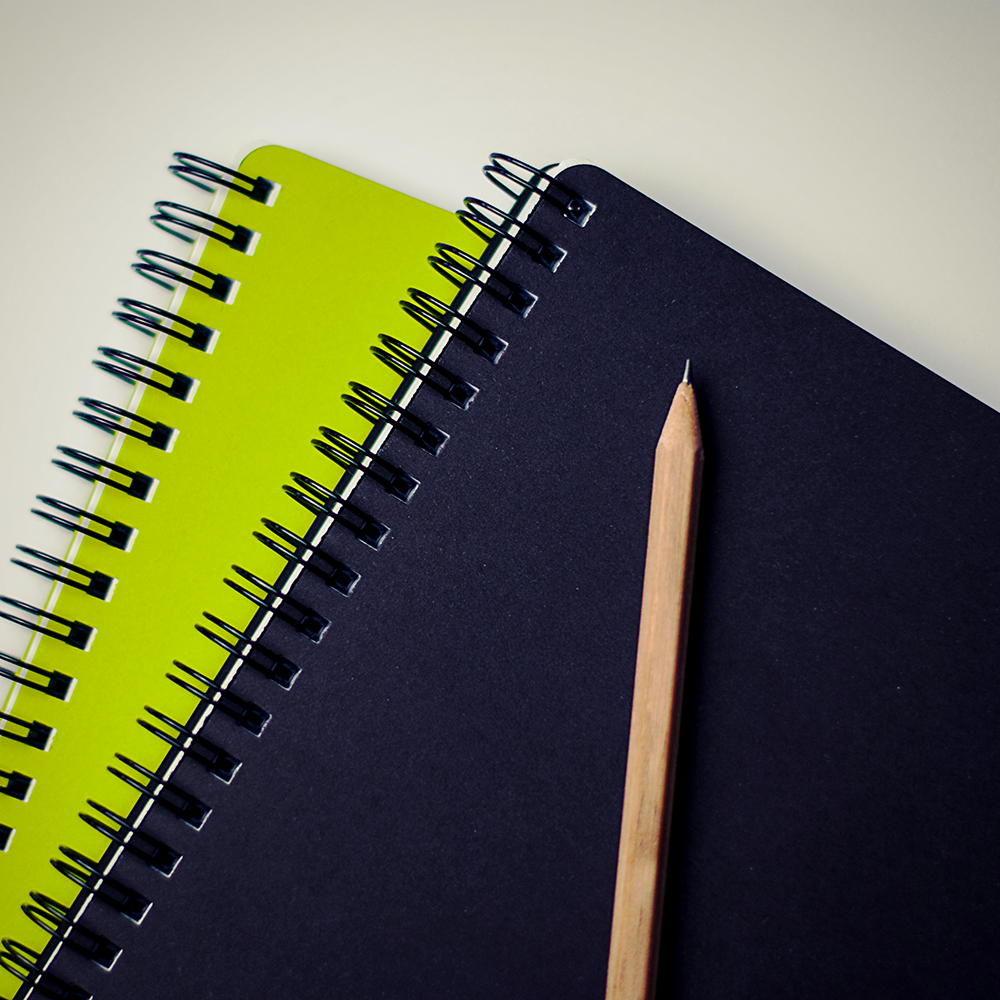
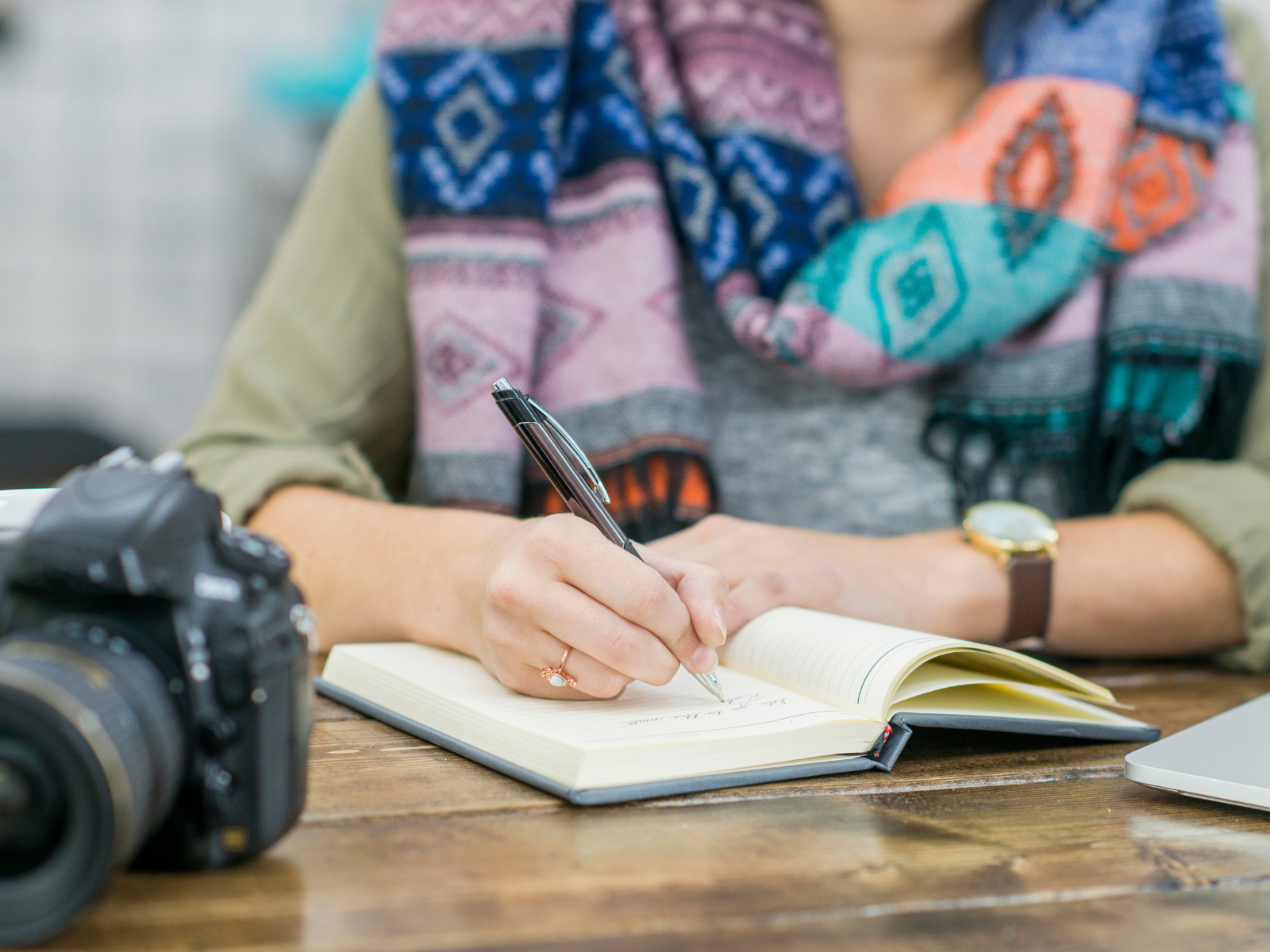
Therapeutic Power of Self-Reflection in Writing
Creative writing serves as a mirror, reflecting the contours of a writer's inner world.
Engaging in this form of writing can significantly boost self-awareness, allowing individuals to explore and articulate their deepest thoughts and feelings in a creative way.
This process of reflection often leads to profound personal growth and emotional healing.
Writers use their craft as a form of therapy, where the act of penning down thoughts helps in untangling complex emotions, leading to clarity and a better understanding of oneself.
Moreover, journaling, a subset of creative writing, specifically targets the cultivation of self-reflection.
By maintaining a daily or regular journal, individuals create a space for continuous self-exploration and self-expression.
This practice not only aids in managing stress but also enhances decision-making skills by providing a clearer perspective on personal desires and fears.
Over time, this habit fosters a heightened sense of self that is invaluable in personal development and mental well-being.
Overcoming Writer's Block Through Inspiration
Historical events often provide a rich tapestry of narratives and ideas for creative writers.
When writers encounter the dreaded 'writer's block,' turning to history can be a revitalizing source of inspiration.
By delving into the complexities of past events, writers can discover new themes, conflicts, and character arcs that resonate with contemporary audiences.
This approach not only enriches the writer's work but also ensures a deeper connection with readers who find relevance in historical reflections mirrored in modern dilemmas.
In addition to sparking ideas, historical contexts offer a framework that can guide the structure and direction of a narrative.
For instance, a writer exploring the Renaissance period might develop a story around the transformative power of art and humanism, weaving historical accuracy with creative embellishments.
This method not only provides a factual backbone to the narrative but also enhances the authenticity and depth of the creative work, making each page a journey through time that keeps the pen moving and the pages turning.
Writing and the Journey Towards Self-Discovery
Creative writing serves as a powerful tool for self-discovery, allowing individuals to explore and articulate their deepest thoughts, fears, and aspirations.
Through the act of writing, be it a poem, a short story, or a piece of non-fiction, writers embark on a journey of self-awareness, often uncovering hidden aspects of their personality or resolving internal conflicts.
This process is beautifully iterative; as the pen moves across the paper, it not only creates a story but also builds a bridge to the inner self, offering insights that are sometimes obscured by the hustle and bustle of daily life.
This journey is particularly evident when writers tackle themes of exploration and self-expression in their works.
By crafting characters and plots that mirror their personal experiences or emotional states, writers engage in a form of therapy, using creative expression as a means to heal and grow.
Such writing not only benefits the writer but also resonates with readers, who may find reflections of their own lives and struggles within the narrative, creating a shared space of understanding and empathy.
This dynamic illustrates that there is no right or wrong way to write fiction or non-fiction, as long as it fosters genuine self-discovery and connection.
Embarking on a creative writing project is often likened to setting off on a journey of self-discovery.
Through the act of writing, individuals engage in deep self-reflection and self-exploration, uncovering facets of their personality and life experiences that might have remained obscured.
This process is particularly evident when writers create fictional characters or delve into personal non-fiction narratives, where they can explore and process their emotions and experiences in a creative and therapeutic way.
This journey is not confined to any one direction; it meanders through the landscapes of the mind, often leading to unexpected revelations and fostering a heightened sense of self-awareness.
For many, this path leads to significant personal growth and understanding, making creative writing not just an artistic endeavor but a profound tool for personal development.
As writers translate their internal dialogues and life stories onto the page, they often find clarity and a renewed perspective on their entire life, which is a testament to the transformative power of writing.

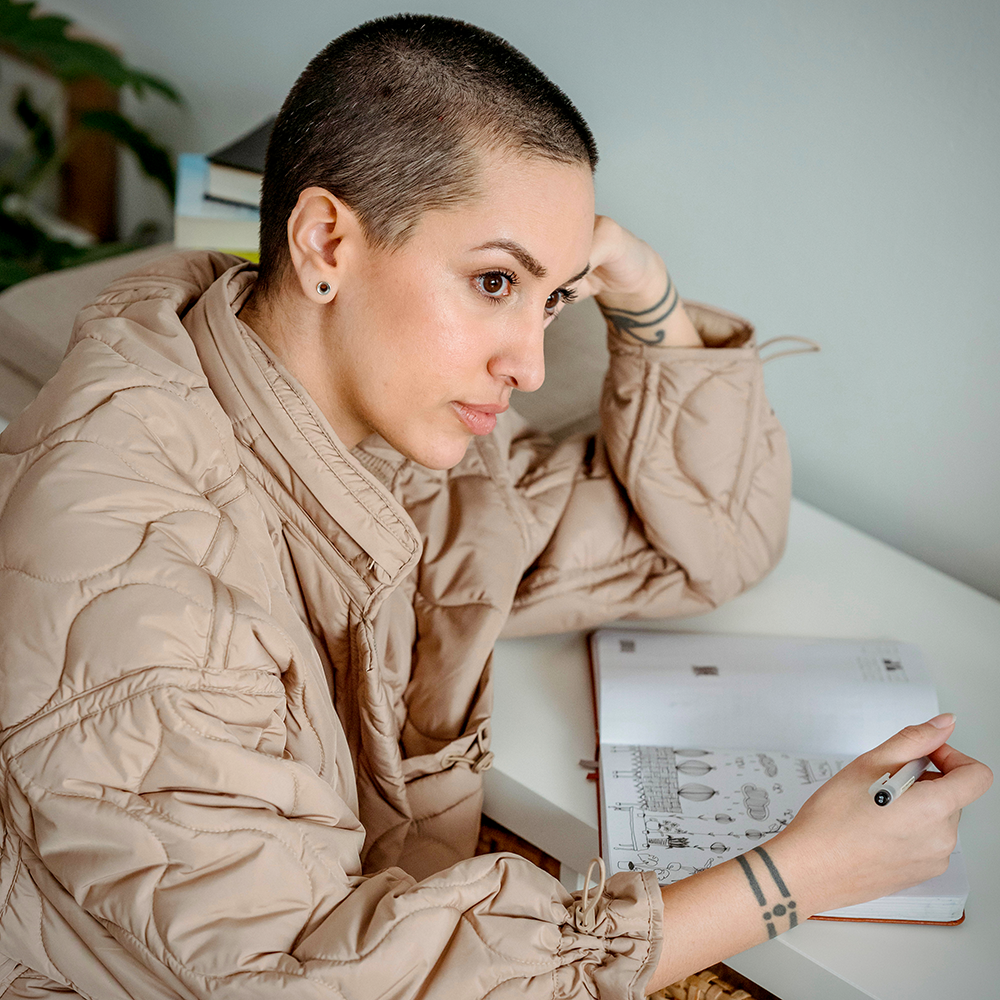

Writing as a Tool for Educational Enhancement
Incorporating writing projects into educational settings can significantly boost learning and comprehension.
For students, engaging in various writing styles—from diary writing to crafting poems—enhances their ability to articulate thoughts clearly and improves their reading comprehension.
Writing about historical events or scientific concepts in a journal or as a story allows students to process and retain information in a more effective manner, turning abstract concepts into tangible narratives.
Moreover, writing can be a powerful tool to overcome writer's block or to clarify complex ideas in academic or professional settings.
By encouraging students to keep morning pages or free writes, educators can help them develop a habit of regular writing, which sharpens their minds and fosters a habit of continuous learning and self-reflection.
This practice not only improves their academic skills but also prepares them for future professional challenges, where clear and creative communication is invaluable.
Writing Techniques Employed
Creative writing often involves elements like character development, plot structuring, and thematic exploration.
Writers may spend considerable time brainstorming ideas, developing story arcs, and revising their work to better resonate with their audience.
Techniques such as dialogue, conflict, and suspense are commonly used to enhance engagement and impact.
Journaling, however, might not follow any structured approach.
It can include lists, fragmented thoughts, stream of consciousness, or mixed media elements like photos and magazine clippings.
The technique of free writing is particularly popular in journaling, allowing writers to pen down thoughts as they come, without concern for grammar or style.
The Role of Reflection
Reflection is a key component of journaling.
It involves looking inward and analyzing one’s thoughts and feelings. Journal entries often explore daily events and personal reactions, which can lead to greater self-awareness and insight.
This reflective writing can help individuals understand complex emotions and work through personal challenges.
While reflection can also be part of creative writing, especially in personal essays or memoirs, it is generally directed towards creating a connection with the reader or enhancing the narrative.
Creative writers might reflect on personal experiences or broader human conditions to add depth to their stories or themes.
Creative Tools and Inspirations
Creative writers often draw inspiration from the world around them, including other works of literature, historical events, or personal experiences.
They might use tools like storyboarding or literary devices to craft compelling narratives or develop complex characters.
Journalists might also find inspiration in daily life but are more likely to use their entries to document these influences rather than to transform them.
Tools for journaling include prompts, quotes, or even old diary entries that can spur further writing or reflection.
The Impact of Editing
Editing is a crucial step in creative writing.
A good writer must also be a good editor, refining their work to improve clarity, flow, and impact.
This process can involve multiple drafts and revisions and often requires feedback from other writers or editors.
Conversely, journaling rarely involves rigorous editing.
The spontaneous and raw nature of journal entries captures the immediacy of thoughts and emotions, which is central to the practice’s value.
Editing in journaling might detract from the authenticity of the reflection, making it less useful as a personal record.



Unlocking Potential: Choose Your Path Wisely
Recognizing the distinct characteristics of creative writing and journaling is crucial for any writer aiming to refine their craft.
Creative writing is an outward-focused art form intended for an audience, characterized by structured narratives and polished execution.
Journaling is a private, introspective practice that values spontaneity and personal honesty over literary craftsmanship.
Whether you choose the imaginative expanses of creative writing or the introspective depths of journaling, each path offers unique opportunities to enhance your skills and explore your inner voice.
By understanding and embracing the differences between these two forms, you can unlock a richer, more fulfilling writing experience.
So, why not experiment with both and see where your words take you?
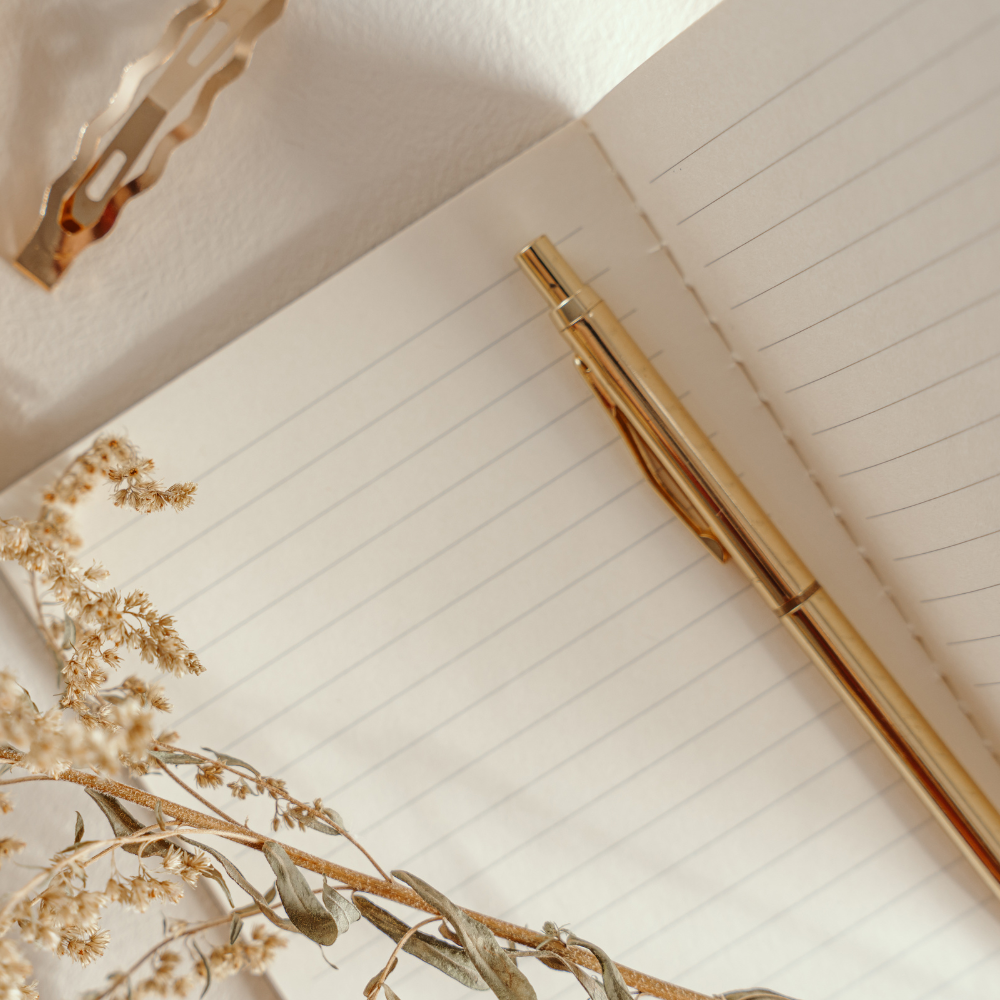
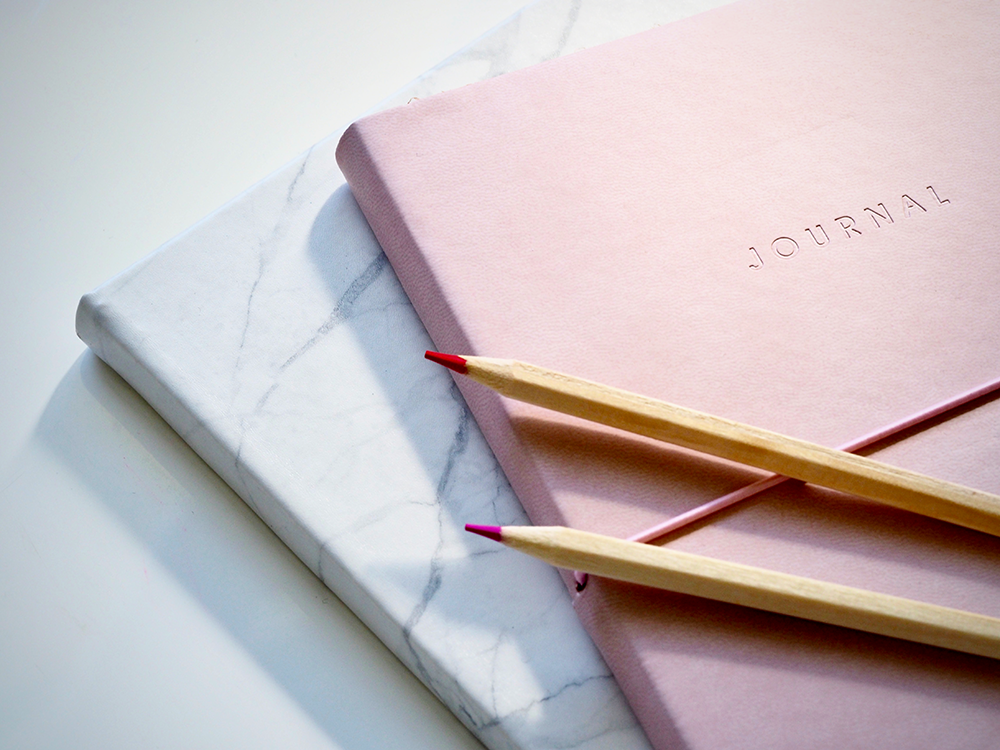
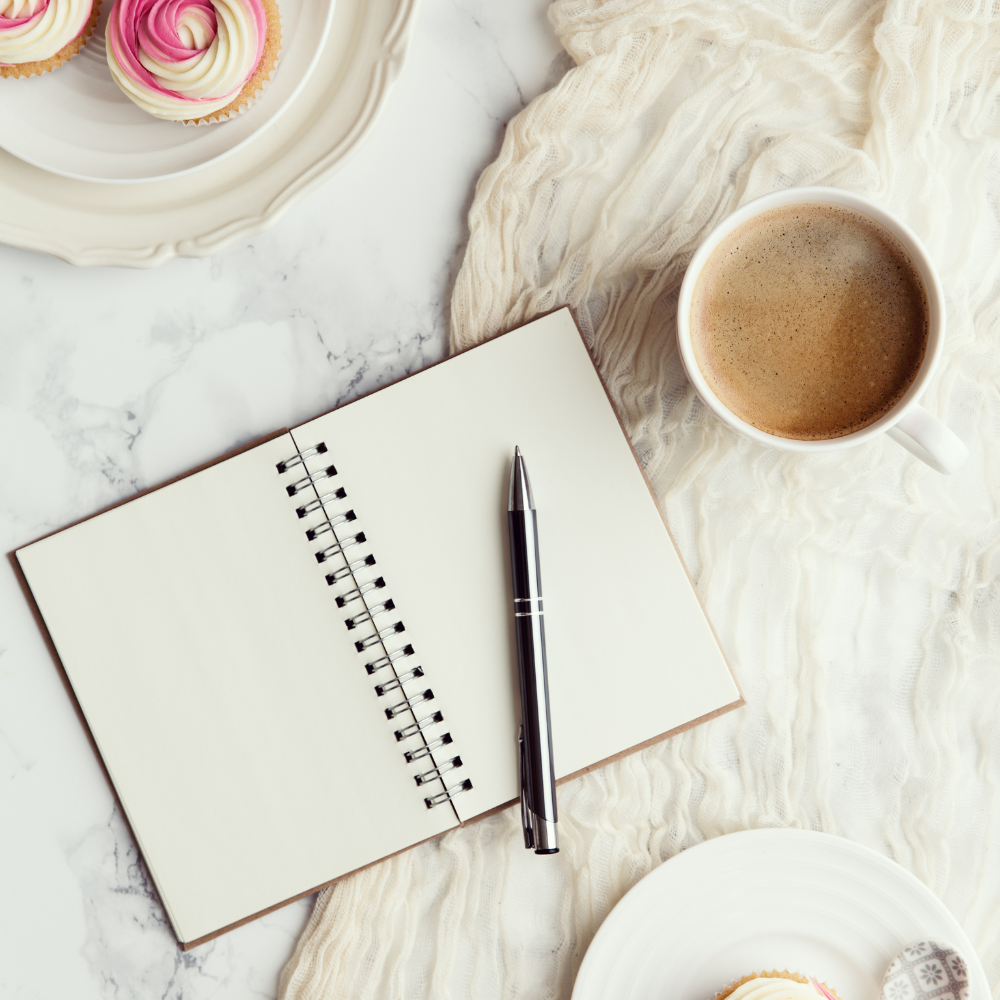
Journaling FAQs
Diving into the world of journaling can be both a therapeutic and creative journey, but it often comes with a lot of questions.
Whether you're a seasoned journal keeper or just starting out, understanding how this personal practice can enhance your writing skills and creativity is crucial.
Below, we've compiled some of the most frequently asked questions about journaling to help you get the most out of your writing experience.
From improving your creative writing skills to transitioning into more structured writing forms, we've got you covered to help you start journaling.
Let's explore these insights together and unlock the full potential of your journaling habit.
Can journaling improve creative writing skills?
Yes, journaling can enhance a writer's ability to express thoughts and emotions clearly, which is beneficial for any form of writing. It also encourages a regular writing habit, which is crucial for developing writing skills.
Are there any specific formats to follow in journaling?
No, one of the beauties of journaling is that there are no strict rules or formats. It is a personal and flexible practice that can adapt to the needs and preferences of the individual.
How can I transition from journaling to creative writing?
Start by using journal entries as a brainstorming tool or inspiration for creative writing projects. Practice expanding on the ideas, themes, or experiences explored in your journals to develop stories or other creative pieces.
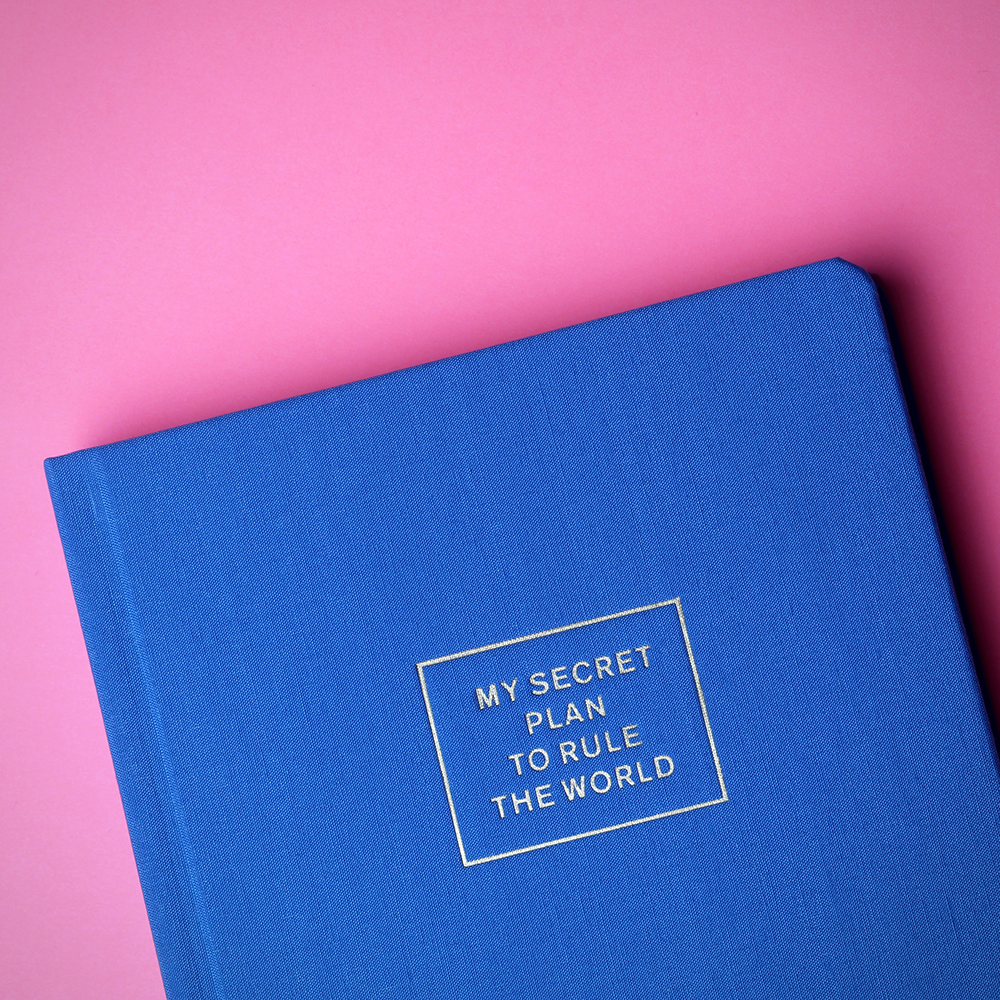
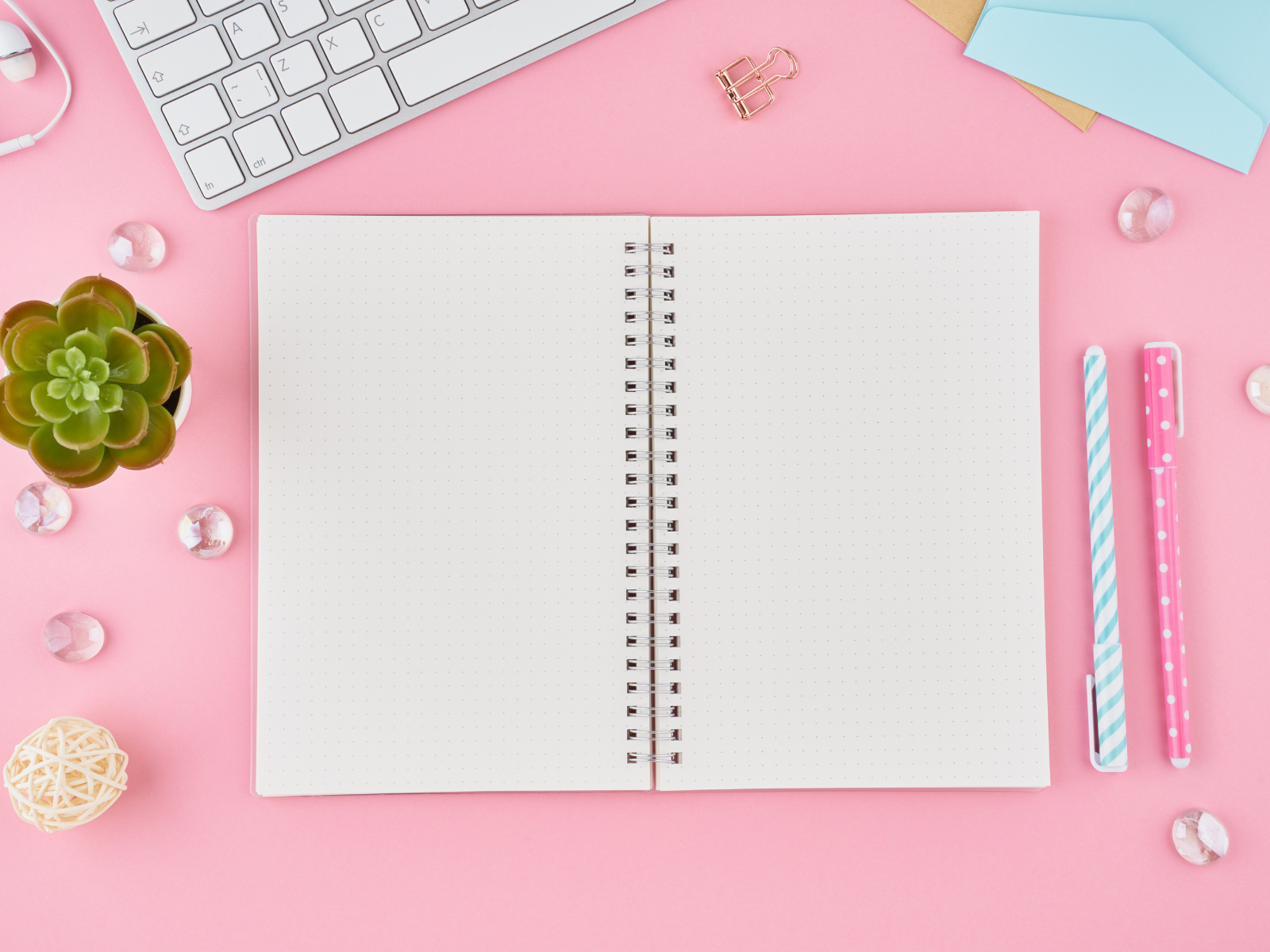

Looking to explore creative journaling? Check out Cult Pens' video!
Want even more content about creativity and art?
Be sure to check out all of our creative chronicles!
Eager to learn more about journals and sketchbooks?
Check out some of our other articles:
-Is journaling a creative skill?
-What is the difference between a journal and an art journal?
-What's the difference between a sketchbook and an art journal?
